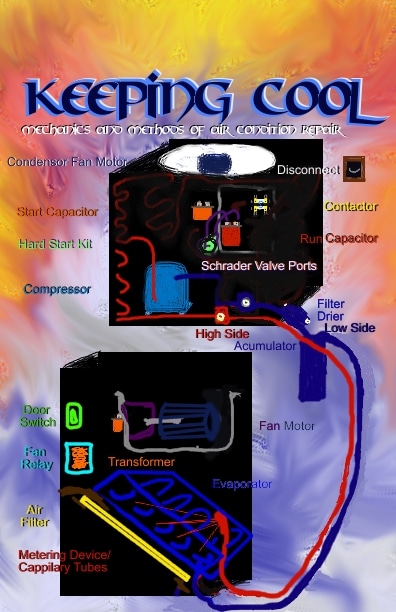Five Most Common Problems With Vertical Blinds
OK today, I am going to be showing you the five most common problems with vertical blinds.
00:13 One of the most common problems is simply a blind slat being out of step something as simple as this where it is just going to hang up and now your blinds are not going to turn and open up.
So first thing is your going to want to go along and make sure that all of your blinds are in a row and that’s one of the most common problems.
00:35 Another most common problem is a broken blind slat itself often they will break off right here and what you can do is flip your blind slat over and use a hole punch and punch some new holes and than re hang it up.
If you want to you can trim it off straight or you can get replacement slats and trim them down. I have a video on those repairs, video on that repair and I will try to put the link on this video so you can click over to it.
01:02 The Third most often repair that’s needed is a stripped master gear now as I showed you if one of the deals was hanging up or the blinds were hanging up and someone continued to try to force it. It can strip the master gear. And there is a couple of different types of master gears this one is a
self aligning master gear it links underneath the first slat. This one you can take out these screws and link it to the first carrier. I’ve got a video on that also so I will try to put the link on here.
01:35 Fourth most common type of repair that is needed is where you have an individual blind that is not turning all the other ones are turning just fine. And that one individual blind is not turning.
What’s needed is either the head the uh… the gear herehas got some broken teeth on it or the comb gear itself has broken off and these can be replaced.
I also have a video on that I will put the link on this video it is for the stem
and comb gear.
02:05 And the Fifth most common problem with vertical blinds is that the blinds are hard to open. Now, this one is not so bad, it slides pretty easy, but if you had a set that was hard to open what you want to do is lube it with silicone spray. Apply it to the entire length inside the track. And it is not the best smelling stuff in the world but it really does a good job in lubing the blinds because what it does silicone lube dries and it still maintains its lubricant qualities. And because it dries it is not going to collect as much dust and dirt and debris and than clog up.
Anyway once you put it on let it dry for about 15 minutes and than go ahead and work the blinds in and you are good to go.
And that is the five most common problems with vertical blinds.
There’s a few others. I will try to add them on later but that’s about the five most common.
